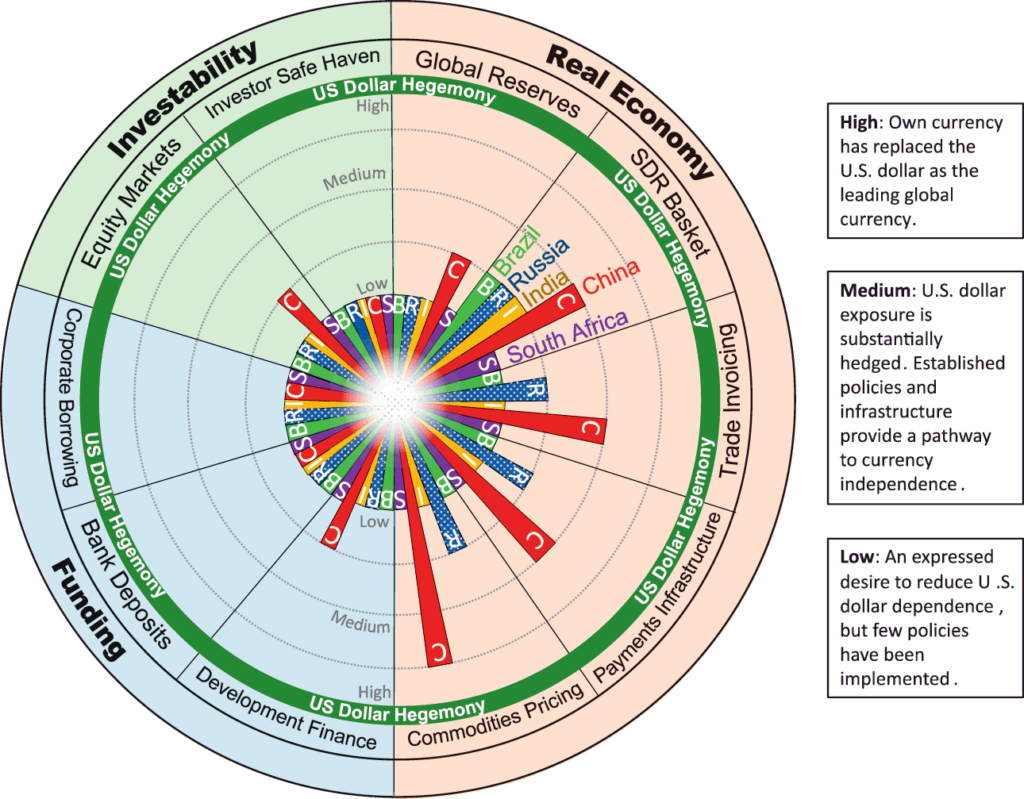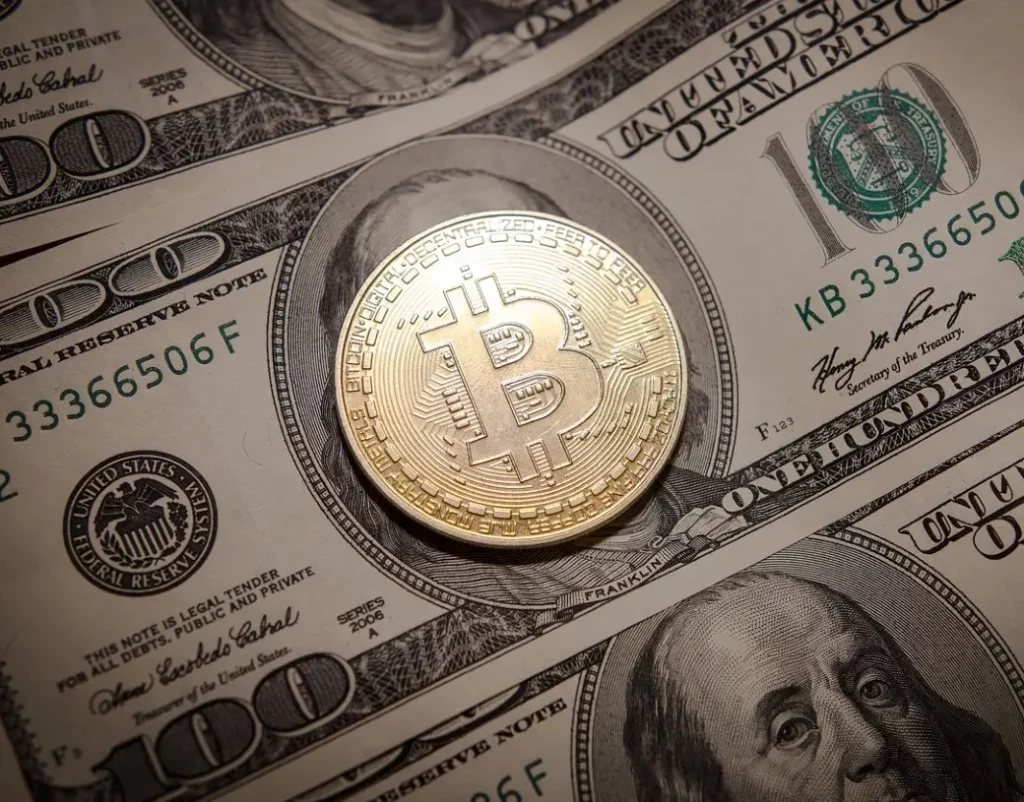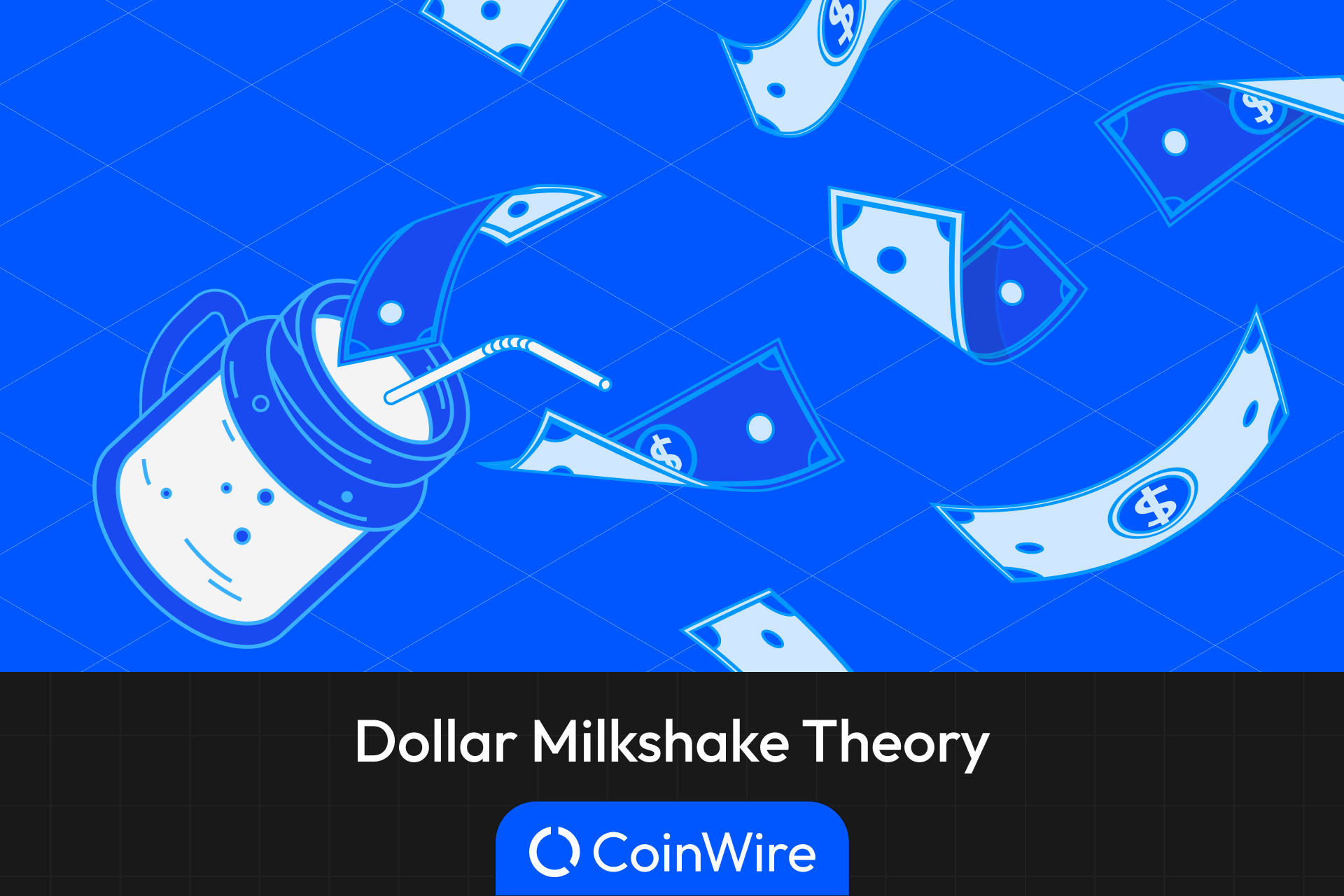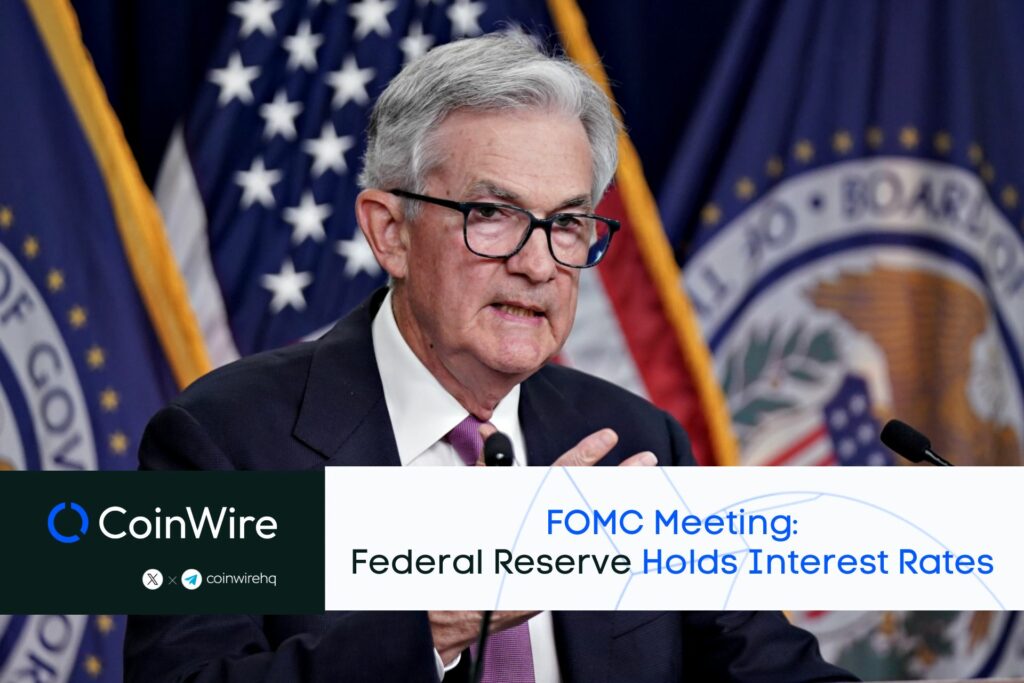Have you heard of the Dollar Milkshake Theory? This controversial economic theory, coined by Brent Johnson of Santiago Capital, has been making waves in the world of finance. The theory explains how the United States’ monetary policies are leading to a global liquidity currency crisis and how the U.S. dollar, like a milkshake, is sucking up all the other currencies globally. This article will examine the theory’s tenets, its relationship with the U.S. dollar, and its potential implications on cryptocurrency markets.
Key Insights:
- According to the theory, the U.S. dollar has a special advantage over other currencies.
- Economic unrest around the world will raise the dollar’s value.
- In times of global financial stress, cryptocurrencies are a safe replacement the currency.
What is the Dollar Milkshake Theory?
The Dollar Milkshake theory is an economic theory explaining that the United States’ monetary policies are creating a “global liquidity crisis,” causing a shortage of U.S. dollars outside of the U.S. This, in turn, leads to the U.S. dollar becoming even stronger as other countries scramble to acquire more dollars to meet their needs.
Brent Johnson first proposed this theory in 2018. In his perspective, the current state of the global economy resembled a milkshake. Different international currencies represent the ingredients used to make the milkshake, and economic turbulence is the process that mixes them up. On the other hand, the dollar acts as a straw, attracting and absorbing the liquidity needed to stop the turbulence.

Key Principles of the Dollar Milkshake Theory
According to the theory, the U.S. dollar has a unique advantage over other currencies. The Dollar Milkshake Theory emphasizes three fundamental principles that result in this legal tender’s strategic advantage. Here’s a summary of the tenets.
- Global Liquidity Squeeze: Dollar Milkshake Theory suggests that the U.S. dollar is designed to withstand a global liquidity squeeze, making it the most preferred currency when a squeeze occurs. A global liquidity squeeze is a situation where financial markets lack readily available funds, making it difficult for individuals and organizations to run transactions.
- Dollar Funding Shortage: Another principle of this theory asserts that the world has a constant dollar shortage because the currency is widely used. Therefore, investors will go for the dollar in times of economic distress because it can meet most of their financial needs. In turn, the demand will strengthen the dollar’s value.
- Repatriation: According to the theory, the economic difficulty will cause many investors to transfer capital, earnings, and investments back to the U.S. because of the country’s perceived economic power. This transfer process is known as repatriation.
You May Like: What is Bitcoin Rainbow Chart and How to Apply it For Your Trading?
How The Dollar Milkshake Theory Happens
When a global financial crisis causes a liquidity squeeze, many governments and central banks formulate strategies to reduce the impact. One of the most popular approaches taken to achieve this is known as Quantitative Easing (QE).
Quantitative Easing in Dollar Milkshake Theory
Quantitative Easing is a strategy that central banks employ to inject liquidity back into the economy. This liquidity injection can take many forms, such as the ones listed below.
- Market intervention: Here, central banks intervene in markets and purchase financial assets such as mortgage-backed securities or government and corporate-issued bills and bonds. This expands the money supply in the global economy.
- Lowering long-term interest rates: By buying financial assets, central banks cause demand for these products. This reduces their long-term interest rates, making it easier for individuals and businesses to access funding at cheaper rates.
The Dollar Milkshake Theory explains that the U.S. Federal Reserve’s monetary policies have perfected the art of QE. As a result, the U.S. dollar can attract more liquidity than other currencies in a global economic crisis. The theory explains how the Federal Reserve’s monetary policies capitalize on QE to strengthen the dollar. Here’s a summary of how it all works.
- Relative interest rates: The theory explains that the Federal Reserve will offer relatively higher interest rates than other global central banks. This will attract global investors who want better payouts.
- Capital flows: As more investors seek higher returns in the U.S., they will buy more stocks, bonds, and other financial instruments. This will increase global capital and raise demand for the dollar.
- Liquidity shortage: Increased demand for the dollar will create a deficiency of the currency in global markets, strengthening the dollar’s position.
- Currency appreciation: As the U.S. dollar appreciates, other currencies will depreciate. Again, this will trigger investors to sell their holdings in different currencies and invest in the dollar, making the currency supreme.
How Will the Dollar Milkshake Theory Impact Cryptocurrency

The Dollar Milkshake Theory carries several implications for cryptocurrency markets. Let’s explore the most significant ways that this economic hypothesis can affect the digital asset space.
1. The Positive Impact on the Cryptocurrency
- Hedging: Cryptocurrencies may substitute the dollar in times of global financial strain. Although the Dollar Milkshake Theory assumes the Dollar will be the go-to asset, global investors may opt for decentralized finance because it is less susceptible to financial manipulation. These assets run on smart contracts that are not easy to manipulate, making them a worthy hedging option.
- Dollar deviation: The Dollar Milkshake Theory shows that several countries will struggle to meet their financial obligations if the dollar value rises significantly. Such scenarios may result in those countries opting to use crypto as a store of value and medium of exchange. The fact that countries like El Salvador have approved Bitcoin as a legal tender emphasizes that it may never be too late to get into crypto.
2. The Negative Impact on the Cryptocurrency
- Cryptocurrency price decline: The rise of the dollar predicted in the Dollar Milkshake theory can result in the price drop of several cryptocurrencies. This can happen because most crypto assets are traded against the dollar or pegged to it. However, this is a massive speculation because crypto asset prices are affected by other market factors besides the dollar. These include investor sentiment, technological advancement, and adoption.
- Reduced demand: According to the Dollar Milkshake theory, investors go for more traditional assets with stable value and neglect other currencies. Crypto, a novel concept, may not attract much investor attention during such crises, resulting in lower demand.
Above are the fundamental impacts of the Dollar Milkshake theory on the cryptocurrency market. If you are looking for deeper thoughts, we recommend you to read the Research paper on Bitcoin of Santiago Capital written by Brent Johnson or spend time on the show Brent Johnson | Milkshakes Markets Madness.
Who is Brent Johnson?

Brent Johnson is the CEO of Santiago Capital, an influential investment personality, and the proponent of the Dollar Milkshake Theory. Since proposing his theory in 2018, Johnson has been a popular guest speaker at various investment conferences and financial shows.
In these settings, he uses his experience as the CEO of a global microeconomic research firm to provide investment advice to institutional and individual investors. His views center around the U.S. dollar and emerging macroeconomic situations worldwide.
Conclusion
The Dollar Milkshake Theory offers a unique perspective on the global currency market and its interaction with the U.S. dollar. The theory argues that global economic instability will increase the value of the U.S. dollar because the Federal Reserve has set monetary policies to ensure the world turns to the dollar when financial markets are unsteady.
While the theory is logical, it is only an economic concept, not a financial guarantee. It is, therefore, essential to evaluate multiple perspectives and consider several factors like dollar apathy or cryptocurrency preference, which may contradict the theory’s principles.






![Best Crypto Exchanges for Day Trading [currentyear] - Top 6 Platforms 14 Best Crypto Exchanges For Day Trading](https://coinwire.com/wp-content/uploads/2023/10/best-crypto-exchanges-for-day-trading-1024x683.jpg)
![Best Free Crypto Sign Up Bonus Offers & Promotions in [currentyear] 15 Best Free Crypto Sign Up Bonus And Promotion](https://coinwire.com/wp-content/uploads/2023/08/free-crypto-sign-up-bonus-1024x683.jpg)